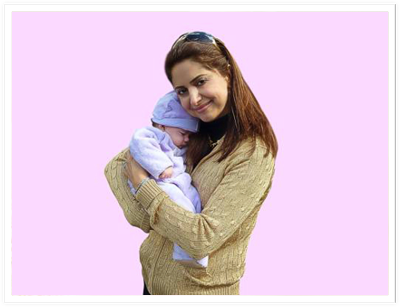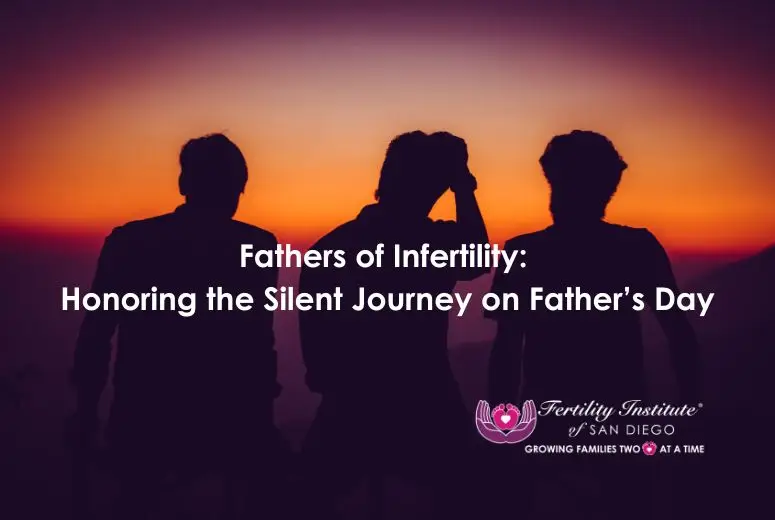September is PCOS Awareness Month. This is the first of three blogs we will be posting to help spread awareness about the diagnostic and treatment options for women affected by this very common reproductive system disorder.
Polycystic ovary syndrome, commonly referred to as PCOS, is the most common hormonal disorder affecting women of reproductive age throughout the United States. It was initially identified and described in 1934, and while the exact etiology of the disease is unknown, it does appear to be more common in some families than others. The hallmarks of the disease include excessive hair growth and infrequent or absent periods.
PCOS results when the ovaries produce amounts of androgens or male sex hormones that are so large they can interfere and sometimes prevent ovulation. This can and frequently does lead to infertility in women. These excess androgens are also sources of origin for the disproportionate hair growth seen in these women.
Many women with PCOS produce too much insulin and/or the insulin that they produce is not as effective as it should be. For this reason, they tend to be overweight and have a much harder time loosing weight. These same patients are at a higher risk for developing diabetes.
Recognizing the Signs and Symptoms of PCOS
The presenting symptoms and signs of PCOS are highly variable and encompass a broad spectrum of symptoms which generally include:
Irregular or Absent Periods – Normally, menstruation occurs on a regular monthly basis and includes the woman ovulating during this time. In cases where the women is not ovulating, or releasing a mature egg each month, the periods can typically be unpredictable and infrequent. It is very common for these women to skip periods altogether for many months.
Androgen Excess – The two most common signs associated with excess androgen production includes hirsutism or increased hair growth in unusual places, and acne. Women exhibiting hirsutism may see hair growth on the upper lip, chin, and sideburns, in between the breasts and in the lower part of the abdomen. The hair in these locations generally becomes very thick and dark. Many find this to be embarrassing. For those displaying signs of acne, the degree and severity of the acne directly correlates with the circulating levels of androgens.
Metabolic Issues – Patients with PCOS have a higher risk for insulin resistance. Type 2 diabetes, abnormal lipid profiles, and high blood pressure – as well as obesity.
For women interested in starting a family, or for those who have experienced difficulty in doing so, it becomes increasingly imperative to recognize the signs and symptoms which can be indicators for Polycystic Ovarian Syndrome. Patients need to be diagnosed as early asb possible because if left untreated, long-term complications include not only infertility but also heart disease and endometrial cancer. Women should consult a healthcare professional that specializes in reproductive endocrinology to determine whether their signs and symptoms are the result of PCOS.
The next blog will explore how PCOS can be diagnosed.
















